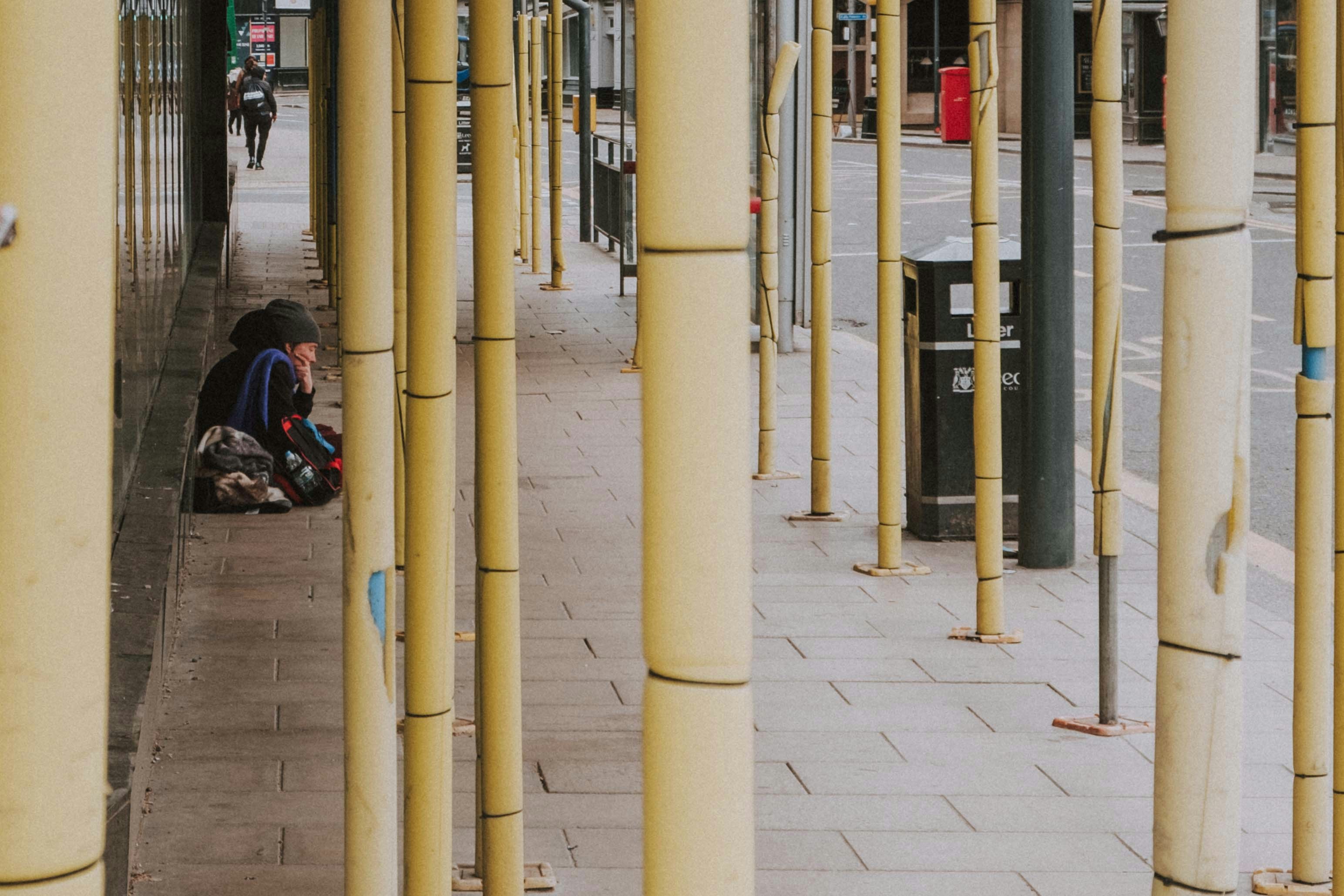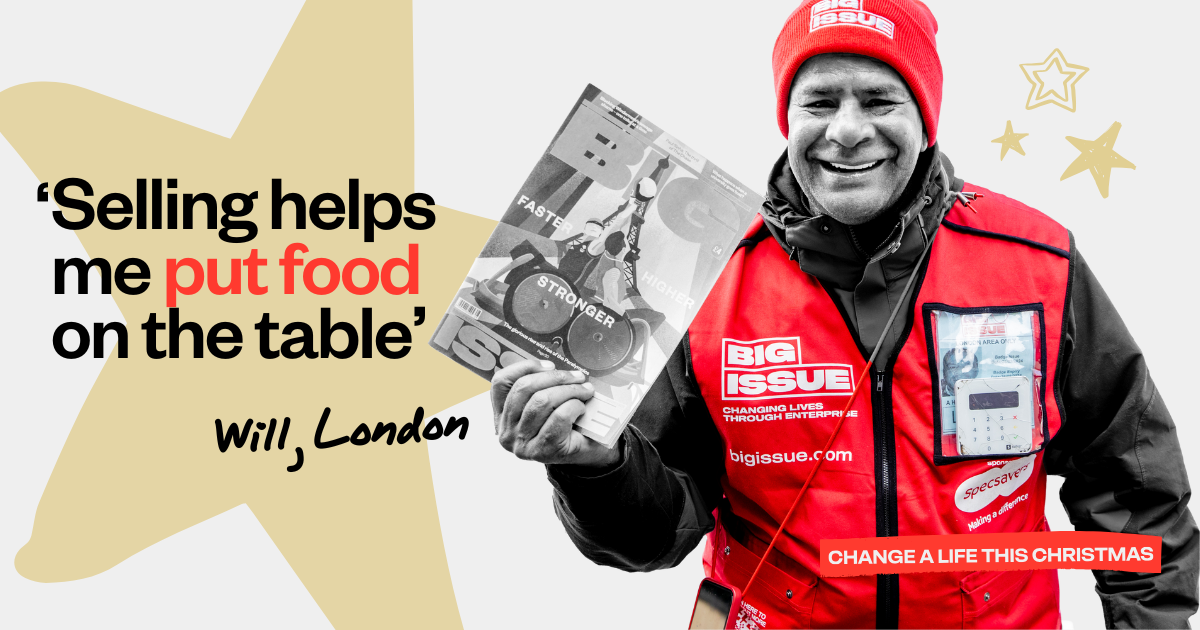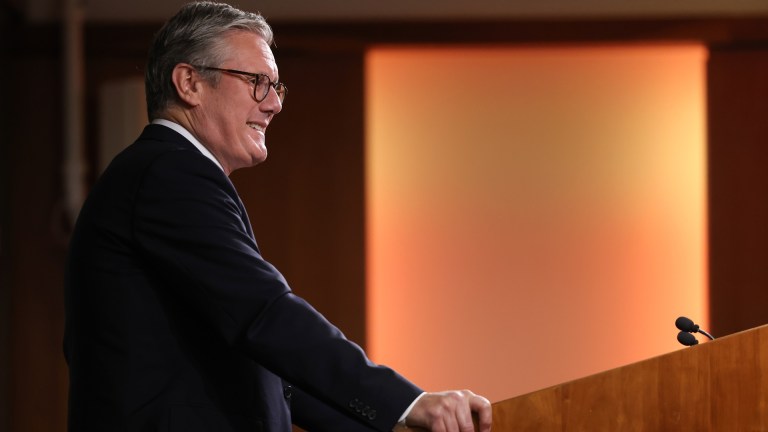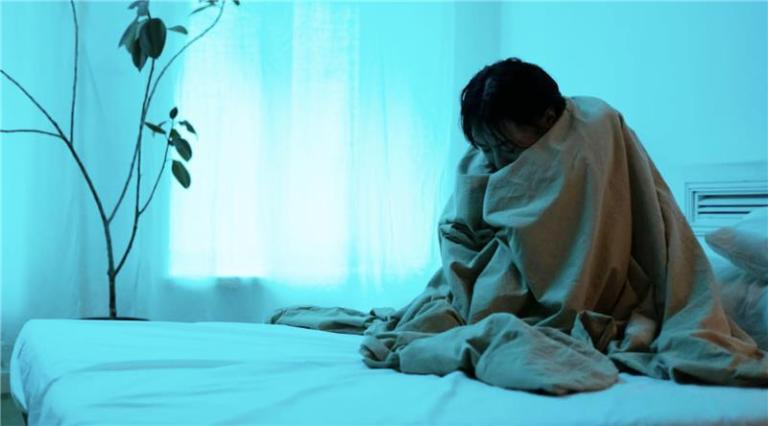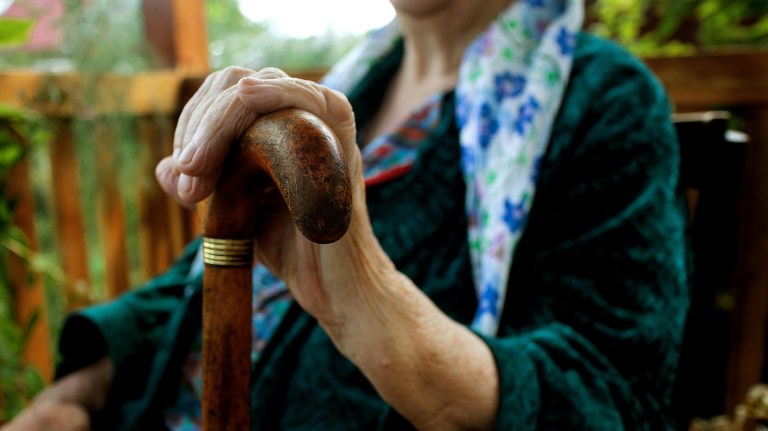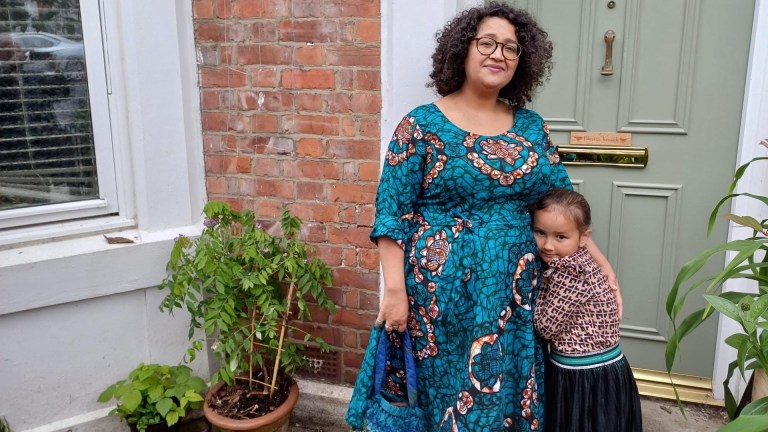More than 16 million people in the UK are living in poverty, a stark new report has found, as the government prepares to adopt a new definition of poverty which experts say could lead to better action.
Our understanding of poverty is usually based on two measures – absolute and relative poverty. ‘Relative’ counts anybody earning below 60% of the median wage. It is a measure of people who have fallen behind.
- Pension credit wait times double – fuelling fears pensioners may miss out on DWP winter support
- ‘Time to dump the housing ladder’: Inside the fightback against the temporary housing crisis
‘Absolute’ measures anybody whose income is below 60% of that needed to afford a standard of living set in 2011. It is a measure of how many people are below a defined standard of living, and is often counted after housing costs. This year, the UK saw the biggest rise in absolute poverty for 30 years.
A new metric developed by the Social Metrics Commission (SMC) takes a wider view, looking at unavoidable costs like rent, childcare and disability care, as well as assets. This is known as a “below average resources” look at poverty, as opposed to looking at average incomes.
Using the new metric, the report from the SMC also found that a quarter of the population and a third of all children are living in deprivation, the highest level so far in the 21st century. It increases the number of children counted as being in poverty from 3.6 million to 5.2 million. SMC also found that more than half of all people in poverty live in a family which includes a disabled person.
This means the proportion of the population counted as being in poverty has increased from 18% to 24%. But could a change in the way we measure poverty lead to a change in the way we deal with it?
